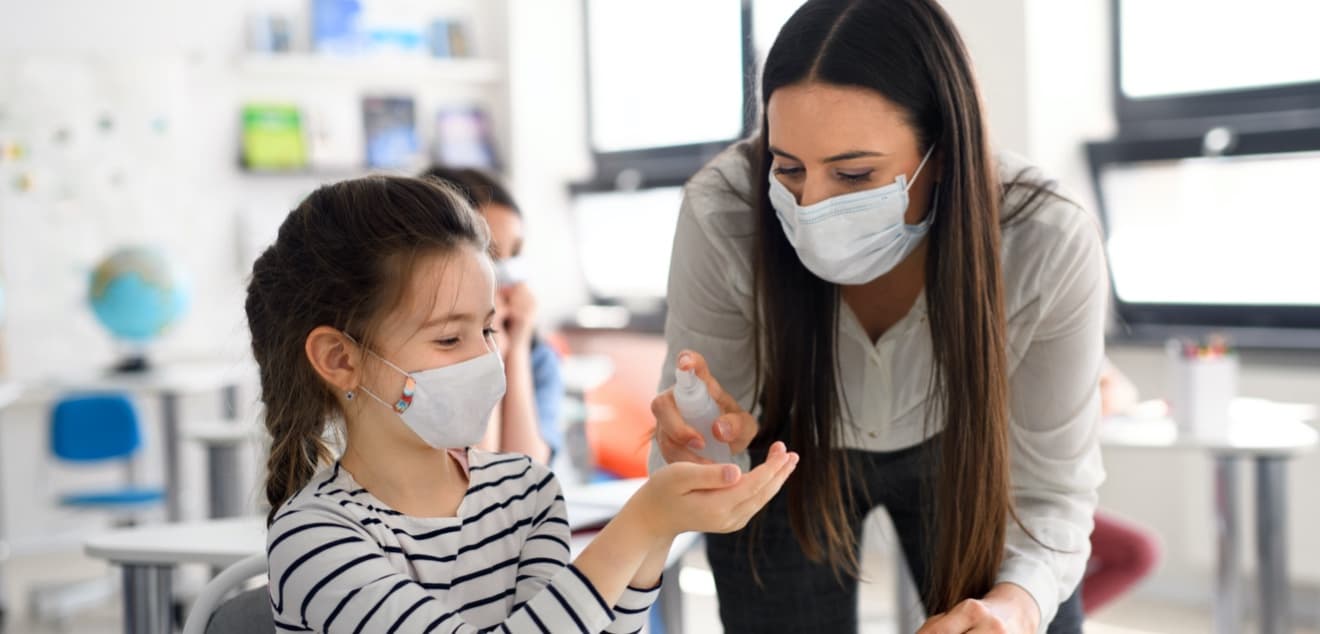The Problem
• Schools and universities are intense mobility hubs of people that share indoorf acilities for long periods, and who can carry infectious agents.
• The vast majority of children and young adults take part in education, therefore their exposure to pathogens can cause wide spread to the general public extremely fast.
• The recent SARS-Cov2 pandemic has created a climate of insecurity towards the use of travelling and hotel services, especially when it involves using indoor public spaces.

Proposed solution
Our main goal is to detect and monitor microbial communities found in educational units and to pinpoint infection hotspot areas and transmission patterns.
By constructing almost complete genomes from metagenomic samples, we are able to exhaustively identify all potential biological hazards as well as monitor their spread in school and university environments.
Monitoring pathogens in the environment in almost real time allows targeted and effective infection control measures.
Monitoring the microbial load of educational units and public health facilities will lead to better strategies for pathogen spread mitigation.

Air – Water – Surface Monitoring

Classrooms

Indoor common areas

Elevators and escalators

Bathrooms

Water supply and wastewater
Benefits for the Educational Unit

Identifying and monitoring the hotel’s microbial footprint will create a safe and trustworthy environment both for the staff and students.

The school/university administration will have imminent information of possible health threats and will be able to take the necessary measures.

The interactive result reports generated by the DNA sequence platform can be used for controls and to inform interested third parties.

